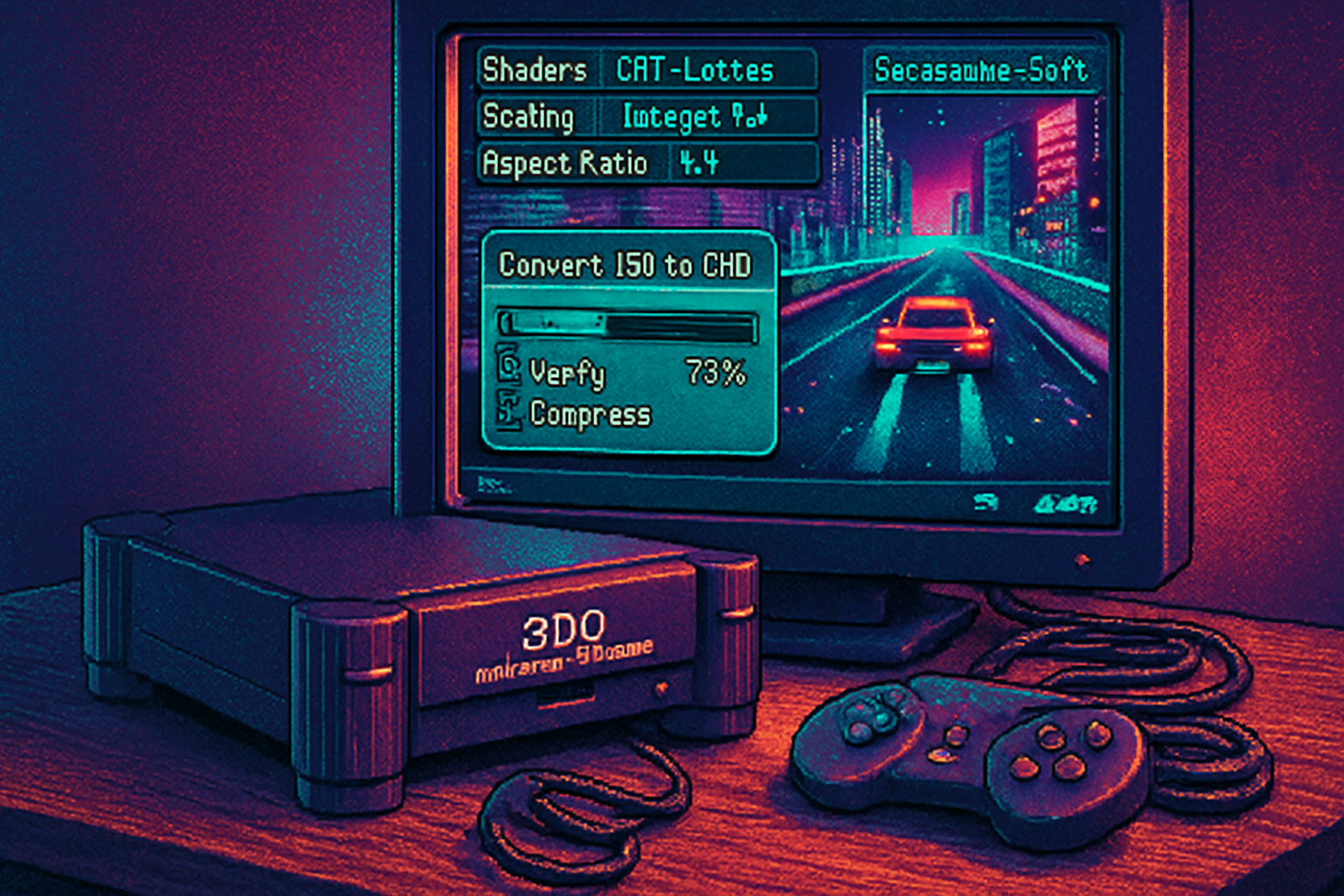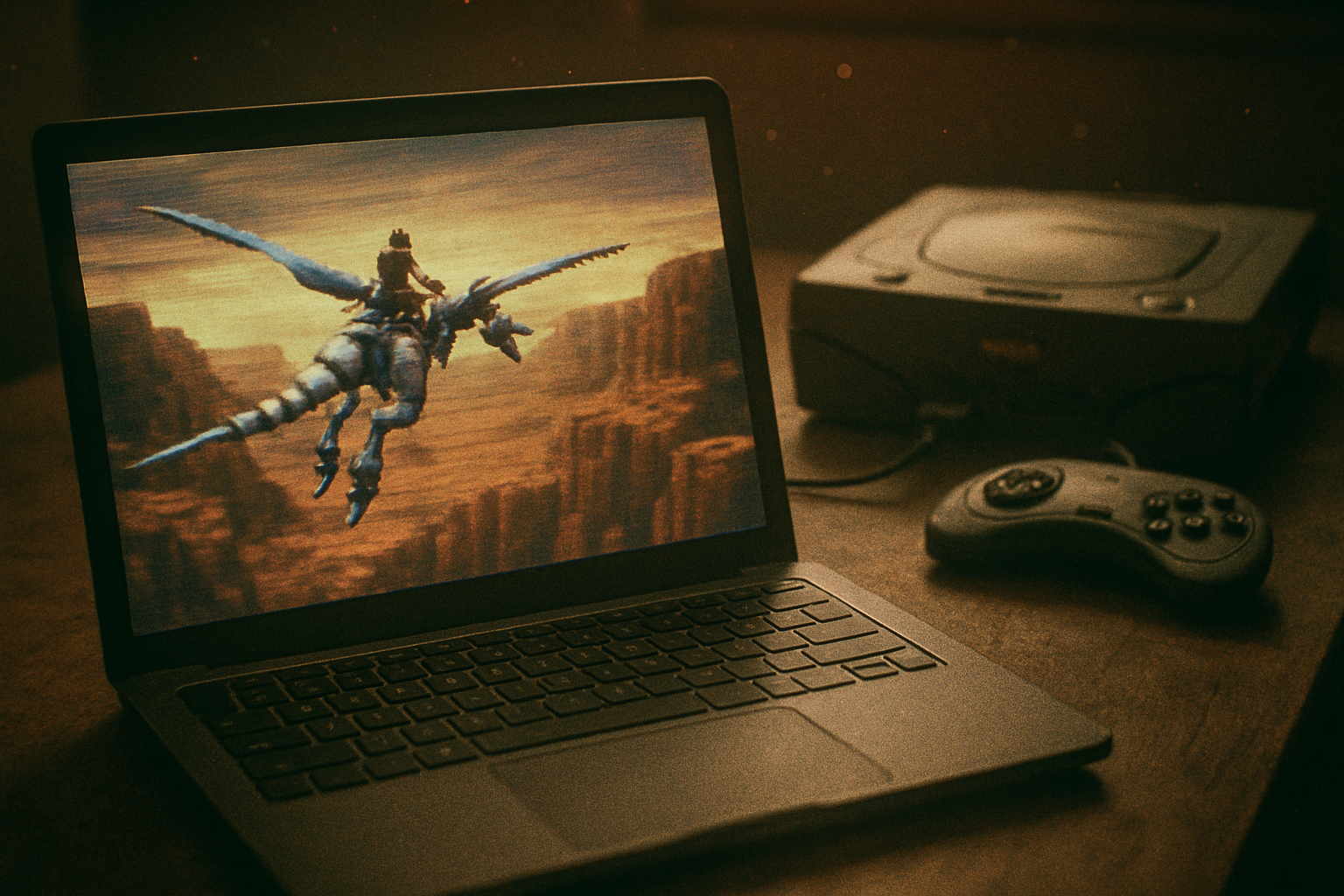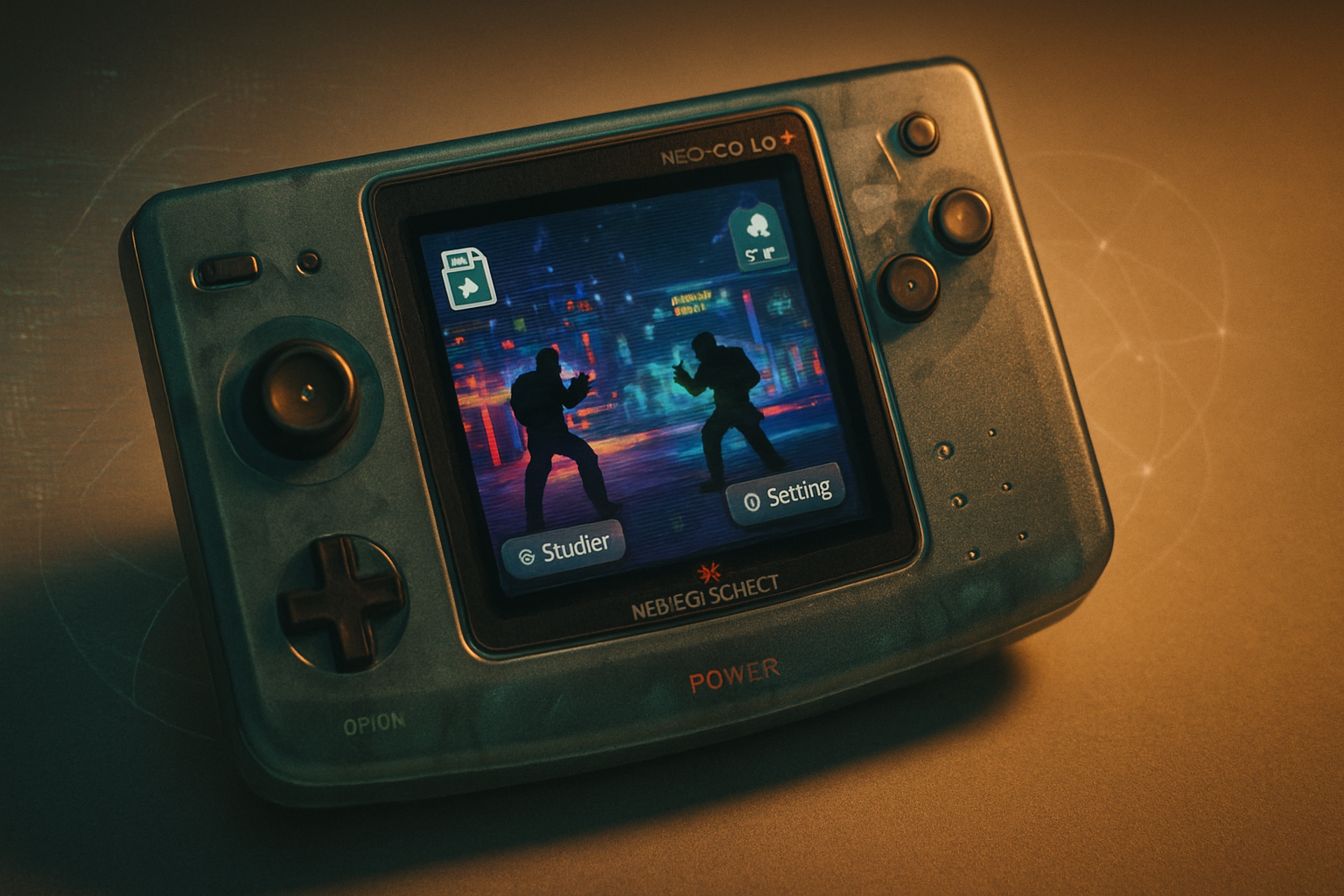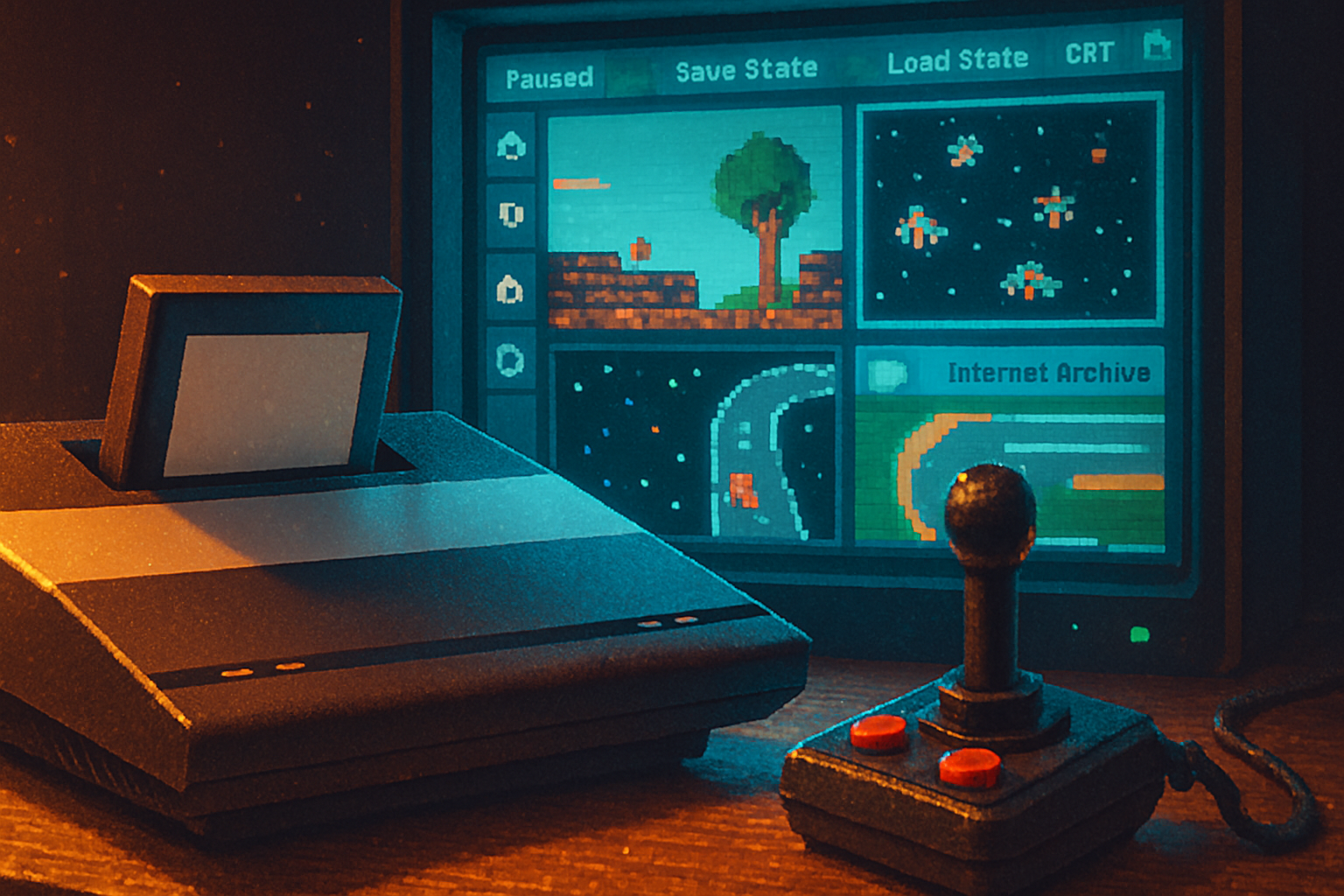· retrogaming · 6 min read
Reviving the 3DO: A Deep Dive into Current Emulator Technology
The 3DO Interactive Multiplayer is enjoying a fresh wave of interest thanks to improvements in emulator accuracy, usability, and platform support. This deep-dive explores the current emulator landscape, what each option offers, practical setup tips (including creating CHD images and getting the best video/audio experience), and community resources to help you enjoy or preserve 3DO software.

Why the 3DO is Getting a Second Life
The 3DO Interactive Multiplayer was launched in 1993 as a technically ambitious - if commercially uneven - platform. Its library contains oddball gems, licensed arcade ports, FMV experiments, and ambitious early 3D titles that never reached mass audiences. Because original hardware is aging and discs/Bios are fragile, emulation plays a major role in preserving and reintroducing these games to modern players and preservationists. (For general background on the hardware, see the 3DO article on Wikipedia.)
The Modern 3DO Emulator Landscape - Who’s Who
There are three practical approaches to 3DO emulation today: highly accurate multi-system emulation (MAME), user-friendly standalone emulators derived from older projects, and convenience-focused RetroArch/libretro cores that bring modern frontend features.
MAME (and MESS heritage) - MAME aims for cycle-accurate hardware emulation and gets a lot of preservation-focused work. It supports CHD (compressed hard-disk-like images for optical media) and has steadily improved timing, audio, and CD emulation for many consoles, including 3DO. See the MAME project for releases and documentation.
- Reference: https://www.mamedev.org/
Standalone emulators (FreeDO / 4DO and forks) - Historically, FreeDO and the 4DO family provided a simple, dedicated 3DO experience with GUIs and per-game configuration. These projects vary in completeness and maintenance, but they remain valuable for users wanting an easy, single-purpose emulator.
RetroArch / libretro cores - RetroArch gives you features like unified input mapping, shaders, runahead (latency reduction), save states, overlays, and a modern UI. Some libretro cores or community cores target 3DO hardware using code from FreeDO or other projects - which makes RetroArch one of the most convenient ways to run 3DO on many platforms (Windows, macOS, Linux, Android, Steam Deck, Raspberry Pi, etc.).
- Reference: https://www.retroarch.com/
What Recent Advances Mean for Playability
Emulation progress over the past few years has focused on a few practical areas that directly improve the player experience:
- Better CD-image handling (reduced audio gaps, proper subchannel handling, and support for formats like CHD).
- Improved CPU and timing emulation, reducing glitches and improving compatibility with tricky titles.
- Audio resampling and buffering improvements that reduce pops and maintain sync.
- GPU/renderer work that fixes visual glitches and enables modern enhancements - integer scaling, shaders, and higher internal resolutions.
- Frontend and platform support (RetroArch cores, Steam Deck packages) making it easier to run 3DO on a wide range of hardware.
These improvements mean more titles run correctly, with fewer artifacts, and players can enjoy them with modern conveniences like save states, controller remapping, and visual enhancements.
Choosing the Right Emulator for You
Preservation/Accuracy-focused - Choose MAME. If you care about correctness and long-term archival, MAME’s development pace and CHD support make it the top choice. MAME is also frequently updated with bugfixes and reworks.
Ease of Use / Convenience - RetroArch (with an appropriate 3DO core) or a maintained standalone build of FreeDO/4DO is easier to configure, especially across multiple platforms. RetroArch adds handy features like shader presets, runahead, and uniform controller support.
Low-spec / Embedded Devices - RetroArch is your best bet on devices like the Raspberry Pi or handhelds; select a core with lower overhead and tweak video settings accordingly.
Practical Setup Guide - Getting the Best Experience
Below are practical steps that apply to most setups. Always check the emulator or core docs for exact filenames/paths.
Choose your emulator - MAME, RetroArch, or a standalone FreeDO/4DO build.
Acquire BIOS and media legally - Emulators typically require the console BIOS and game discs to run. Ensure you own the original hardware and media before using BIOS or disc images (legalities vary by jurisdiction). I won’t link to dumps or ROM sites here.
Prepare your disc images - 3DO games are usually distributed as ISO/CUE-BIN or raw CD images. Converting ISOs to CHD for use with MAME reduces size and ensures consistent reading:
# Example: Create a CHD from an ISO (MAME's chdman tool)
chdman createcd -i "/path/to/game.iso" -o "/path/to/game.chd"Using CHD is recommended for MAME and often supported by frontends. Check your emulator’s accepted image formats.
Install BIOS and place it where your emulator expects it - Emulators usually have a system or firmware folder. Put the official 3DO BIOS file(s) there and verify names and extensions against emulator documentation.
Configure controllers - The 3DO controller is relatively simple (d-pad, face buttons, start). Map modern controllers or USB adapters to the emulator buttons. If you need analog mapping for certain titles, map the analog stick and tweak dead zones.
Tweak video and audio settings for best results:
- Enable integer scaling or aspect-ratio-preserving scaling to avoid blurring.
- Use shaders (CRT or scanline) if you want authentic CRT looks; otherwise, experiment with nearest/bilinear filtering.
- Turn on V-Sync or frame limit to avoid tearing, and use low-latency audio drivers (WASAPI/DS/ASIO on Windows, low-latency ALSA/Pulse settings on Linux).
- If you care about input latency, enable RetroArch’s runahead feature (if available for the core) or use emulator-specific frame-delay options.
- Save and persistence - Use in-game saves and emulator save states. Remember that save states are emulator-specific and not always portable.
Advanced Tips
High-resolution rendering - Some emulators/cores allow scaling internal rendering to higher resolutions for cleaner 3D edges. This can produce sharper visuals on modern displays, but expect higher GPU usage.
Use overlays for controller diagrams or scanline borders if you want a more authentic experience.
For archival or long-term preservation, keep both the raw ISO/CUE and the CHD. CHD is compact and robust for MAME, but keeping an original image preserves source fidelity.
If a game is exhibiting audio pops or timing issues, experiment with audio buffer sizes and alternate audio backends.
Common Problems and Fixes
Disc image won’t run - Verify the image format and that the BIOS is properly installed. For MAME, ensure the CHD name matches the ROM set and is in the correct folder.
Visual glitches / missing polygons - Try a different core/emulator (an accuracy-focused option like MAME may fix this). Also check for per-game settings or compatibility notes in emulator release notes.
Controller mappings not working on consoles/handhelds - Check the frontend/controller profile and try remapping outside the emulator first (e.g., via Steam Input or platform-level controller settings).
Legal and Ethical Considerations
Emulation is an important preservation tool, but it raises copyright issues. Best practices:
- Use BIOS and ROMs you legally own.
- Prefer preservation channels and community archives that respect IP and legal frameworks.
- Support official re-releases where available, and consider contributing to open preservation projects and documentation.
Community & Resources
- MAME - https://www.mamedev.org/
- RetroArch - https://www.retroarch.com/
- 3DO community hub (discussion and community help): https://www.reddit.com/r/3DO/
These communities can help with per-game quirks, recommended configs, and preservation efforts.
Closing: Why This Matters
Modern emulator technology is doing more than letting us replay childhood favorites: it’s repairing, documenting, and making accessible a unique slice of interactive history. With accurate emulation engines, better CD handling, frontends that give modern conveniences, and supportive communities, the 3DO library is in a much better place than it was a decade ago. Whether you’re a collector, preservationist, or curious player, the tooling available today makes exploring the 3DO both approachable and rewarding.



